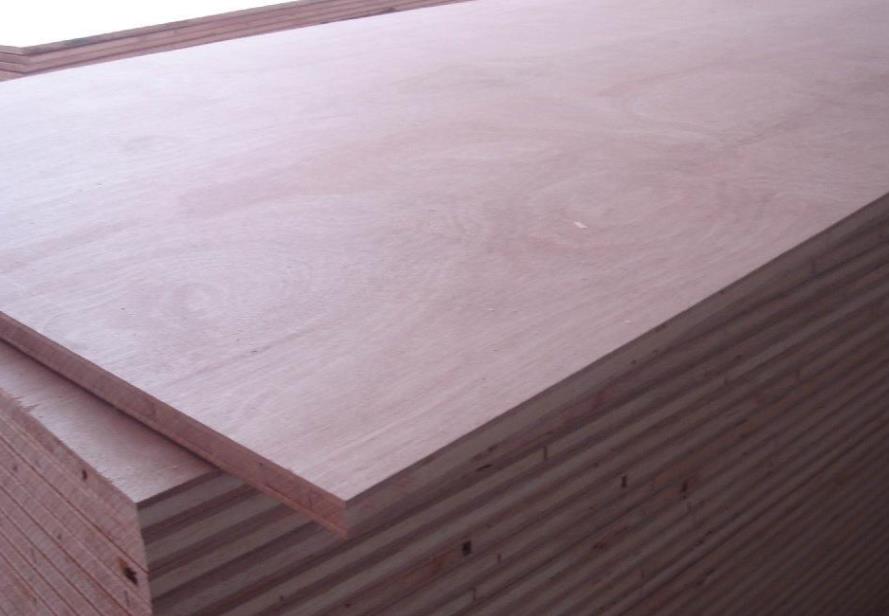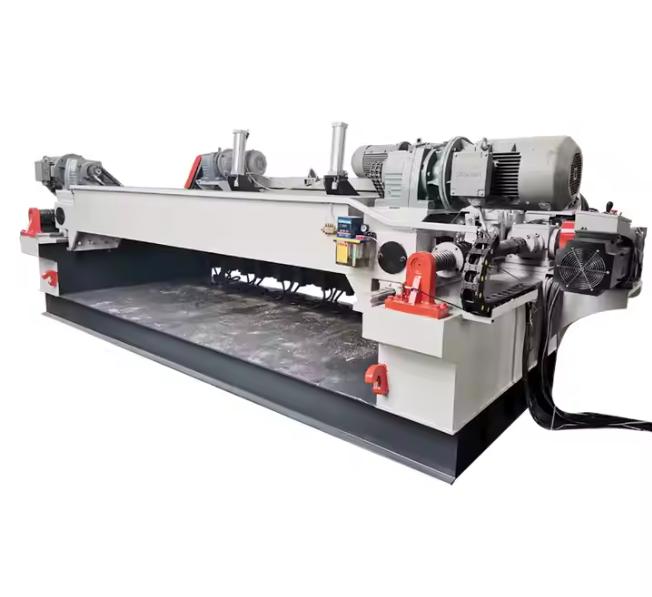1. Air Velocity and Drying Speed
-
High Air Velocity:
-
Accelerates the diffusion of water vapor from the veneer surface.
-
Leads to faster drying speeds, particularly for veneers with high moisture content.
-
Low Air Velocity:
-
Slows the diffusion of water vapor, resulting in slower drying speeds.
2. Economic Air Velocity in Convection Dryers
-
For convection-based dryers, the impact of air velocity on drying speed diminishes significantly when the velocity exceeds 2 m/s.
-
At higher velocities, energy consumption increases without proportional improvements in drying speed.
-
Optimal Range: The economic air velocity is typically 1-2 m/s.
3. Jet Dryers with Perpendicular Airflow
-
Jet dryers utilize high-speed hot air jets sprayed perpendicularly onto the veneer surface to disrupt the critical layer, improving drying efficiency.
-
Velocity Effects:
-
Higher air velocity more effectively breaks the critical layer, enhancing heat and moisture transfer.
-
However, increasing air velocity also raises power consumption, requiring a balance between efficiency and energy use.
-
Optimal Range: Economic air velocity is generally 15-20 m/s.
4. Other Design Factors Influencing Drying Speed in Jet Dryers
In addition to air velocity, the following factors also affect drying performance:
-
Nozzle Width: Impacts the concentration and distribution of airflow.
-
Nozzle Spacing: Influences the uniformity of airflow coverage.
-
Vertical Distance Between Nozzle and Veneer Surface: Affects the effectiveness of airflow in breaking the critical layer and promoting even drying.
Conclusion:
Air velocity significantly impacts drying speed, with higher velocities enhancing moisture diffusion and drying efficiency. In convection dryers, optimal speeds balance drying performance and energy consumption at 1-2 m/s, while jet dryers achieve best results at 15-20 m/s, provided other design parameters are optimized.
 How to maintain the wood veneer
How to maintain the wood veneer
 New glue technologies for plywo
New glue technologies for plywo
 Working Principle of Wood Spind
Working Principle of Wood Spind
 How to evaluate the production
How to evaluate the production
 What is the yield rate of eucal
What is the yield rate of eucal
 What is the Veneer Drying Equip
What is the Veneer Drying Equip